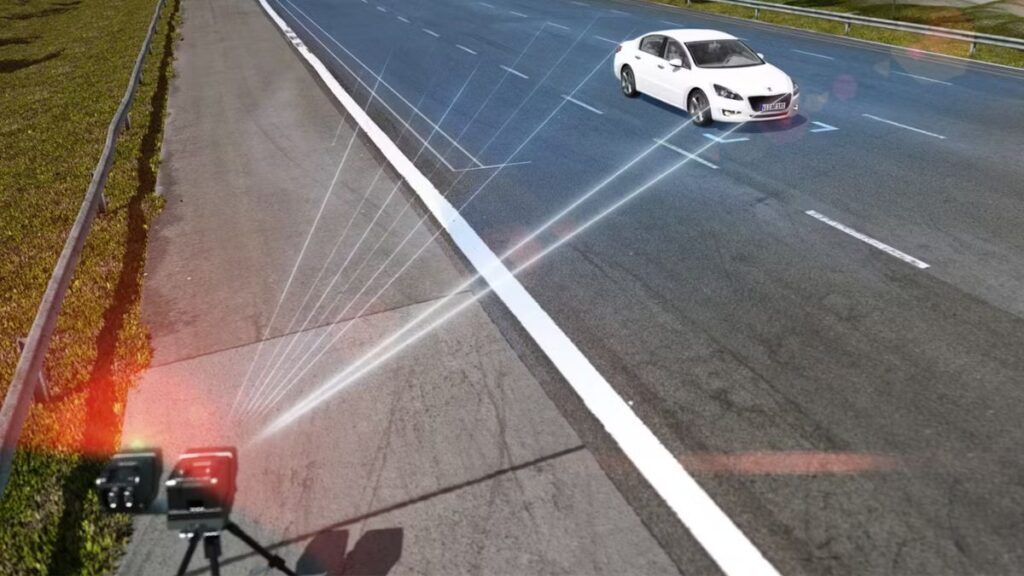Introduction
As urban populations grow and the number of vehicles on roads increases, the challenge of maintaining traffic safety becomes more complex. Governments, city planners, and law enforcement agencies worldwide are looking for scalable, intelligent solutions to curb speeding, reduce accidents, and enhance compliance with road regulations. One such innovation leading this transformation is the speed enforcement camera system—a technology that blends automation, real-time data processing, and AI to create safer road environments.
In this article, we explore how these systems are shaping the future of traffic safety, their operational mechanisms, their integration with modern intelligent transport systems, and how they align with the broader rise of autonomous systems in urban security infrastructure.
Why Speeding Remains a Global Safety Challenge
Speeding continues to be one of the leading causes of road accidents worldwide. According to global transport safety reports, excessive speed not only increases the likelihood of a crash but also magnifies its severity. Traditional methods of speed enforcement—like manual monitoring or physical patrols—are often reactive, inconsistent, and insufficient in high-traffic zones or remote areas.
This has paved the way for a technology-driven approach, where smart systems can monitor speed in real time, capture violations automatically, and contribute to data-driven enforcement.
How Speed Enforcement Camera Systems Work
A speed enforcement camera system typically consists of radar or laser-based speed detectors combined with high-resolution cameras. These systems detect a vehicle’s speed, compare it against the legal limit, and automatically capture images and video evidence of those that exceed it. Advanced solutions can also extract vehicle license plate numbers, time stamps, and geolocation details—all in a matter of seconds.
What makes modern systems exceptional is their ability to function in various environmental conditions, handle multiple lanes of traffic simultaneously, and operate 24/7 with minimal human intervention. This ensures consistent enforcement and discourages habitual speed violators.
You can explore a detailed solution architecture of a modern speed enforcement camera system that exemplifies this technology in action.
Key Benefits Driving Adoption
1. Automated, Consistent Enforcement
Unlike human enforcers who may face fatigue, bias, or limited presence, automated systems deliver consistent results. Every speeding incident is recorded objectively, leading to fair and transparent enforcement.
2. Deterrence through Visibility
The very presence of speed cameras influences driver behavior. Studies show that visible enforcement cameras reduce average speeds in enforcement zones, lowering crash frequency and fatality rates.
3. Data for Smarter Infrastructure Planning
Beyond issuing penalties, speed camera systems generate invaluable data. Authorities can analyze traffic flow, identify high-risk areas, and optimize road designs or signal timing accordingly.
4. Integration with Broader Security Ecosystems
Modern systems are designed to integrate with other urban security solutions—like red-light violation detection, ANPR (automatic number plate recognition), and incident detection systems—creating a holistic traffic monitoring ecosystem.
AI, Edge Computing, and the Rise of Intelligent Monitoring
What differentiates today’s enforcement solutions from earlier generations is the incorporation of AI algorithms and edge computing. Real-time object tracking, pattern recognition, and intelligent decision-making at the edge (within the camera hardware itself) reduce latency, enhance detection accuracy, and lower data transmission costs.
These capabilities ensure systems can distinguish between false triggers (like shadows or sudden light changes) and actual speed violations, improving credibility and public trust.
Linking Speed Enforcement to Autonomous Systems
The evolution of traffic monitoring technology runs parallel to the global rise of Autonomous Systems in Security. These self-operating solutions can detect, decide, and act without human input, enhancing both efficiency and response times in urban environments. From surveillance drones to smart traffic lights, autonomous technologies are reshaping how cities are managed and safeguarded, offering a proactive approach to maintaining public safety.
Speed enforcement cameras fall squarely into this trend. They operate autonomously—monitoring, capturing, and storing data, and even interfacing with back-end violation processing systems. When integrated with broader autonomous systems, these solutions contribute to a connected, intelligent infrastructure capable of proactive safety management.
Challenges and Considerations
While the promise is great, deploying speed enforcement systems isn’t without challenges:
- Privacy Concerns: Public concerns around surveillance and data protection need to be addressed with clear policies and transparency.
- Legal Frameworks: Automated ticketing and enforcement require strong legislative backing to ensure compliance and accountability.
- Public Acceptance: Education and outreach are vital to help drivers understand the safety rationale behind these systems.
By anticipating and managing these concerns, governments and city planners can successfully integrate these systems into their broader mobility strategies.
Conclusion
The future of road safety lies in intelligent automation—and the speed enforcement camera system is a prime example of how technology can redefine traditional enforcement methods. With the ability to monitor traffic 24/7, capture violations in real time, and integrate seamlessly into wider autonomous systems, these solutions are leading the way toward safer, more efficient transportation infrastructure.
As cities and nations move forward with smart infrastructure investments, the integration of automated speed enforcement will be a vital step in achieving their safety, sustainability, and efficiency goals.







